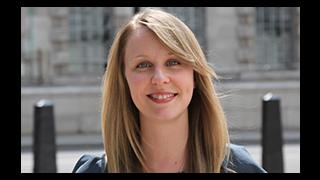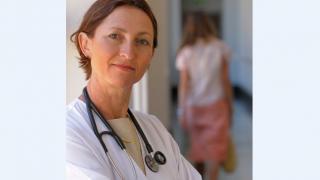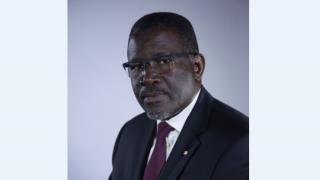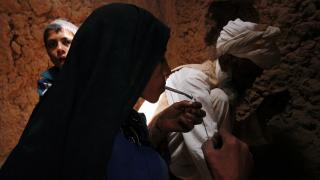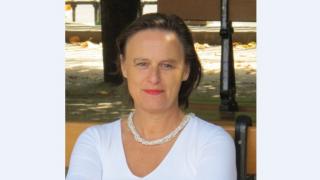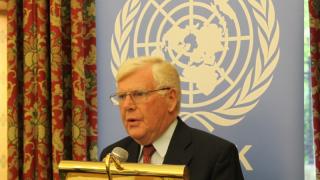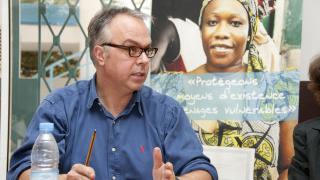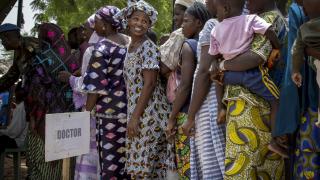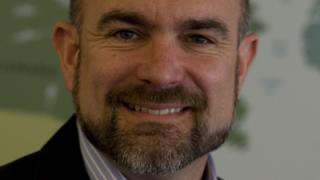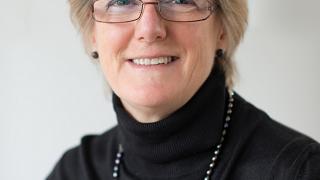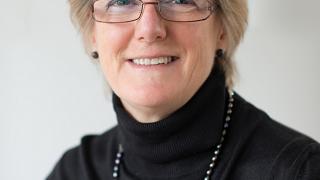
The story of Sir Alexander Fleming’s serendipitous discovery of penicillin at St Mary’s Hospital in London in 1928 is so often repeated that it has almost passed into legend. Fleming left his untidy laboratory stacked with agar plates over a long summer break. On his return, he saw a clearing around a fungus on a plate otherwise covered with bacteria: he saw the power of penicillin. As he would later reflect, “When I woke up just after dawn on September 28, 1928, I certainly didn’t plan to revolutionise all medicine by discovering the world’s first antibiotic, but I suppose that was exactly what I did.”
Over subsequent years, and with the crucial involvement of other pioneers such as Florey, Chain, and Heatley, penicillin was cultivated, purified, mass-produced and used to treat patients, including Allied forces in the Second World War. Fleming was lauded for his discovery, being elected to Fellowship of the Royal Society, receiving a knighthood, winning a Nobel Prize, and, in 1955, being honoured with interment in St Paul’s Cathedral.
Yet Fleming realised the limitations of his discovery. In his Nobel lecture, he sounded a warning: "It is not difficult to make microbes resistant to penicillin in the laboratory, and the same thing has occasionally happened in the body."
Fleming’s concern was well founded. Microbes quickly develop resistance to antibiotics through a Darwinian process of natural selection, and it was not long before many species of bacteria developed resistance to penicillin. And yet, for most of the 20th century, antimicrobial resistance did not pose a substantial problem for the human population: doctors were able to respond by switching to new classes of antibiotic, which worked in different ways. For six decades, a steady stream of new classes of antibiotics was discovered, each providing a new option for when microbes became resistant to previous classes. Yet, in the late 1980s, the stream ran dry: no new class of antibiotics has now been discovered for over a quarter of a century.
The way society uses antimicrobials has, however, not changed. We continue to overuse them in agriculture, fish farming and myriad other areas of life. This indiscriminate use of antimicrobials aids the development of resistance and, today, even water samples from Antarctica have been found to contain resistant bacteria. With very few new antibiotics in the pipeline to treat resistant bacteria, they pose a grave threat to human health.
Yet the challenge of antimicrobial resistance is not insurmountable. In hospitals in England, cases of MRSA have declined by 87.3 per cent from their peak in 2003, and C diff infections have fallen by over 60 per cent from their peak in 2007.
There are four facets to the action required to tackle antimicrobial resistance on a global scale:
- Currently available antibiotics must be conserved. They must not be squandered through inappropriate over-prescription in humans, nor must they be abused through overuse in veterinary medicine, farming or wider industry.
- The development of new antimicrobials must be made economically viable. Currently, the rapid increase in resistance and short courses of antibiotics used by patients mean that pharmaceutical companies may not see a return on investment in antimicrobial research. The market has failed to deliver.
- The scientific challenge of antimicrobial resistance must be met. More basic research can improve understanding of the mechanisms of action of antimicrobials, and also of the mechanisms by which resistance develops. Additional clinical research could improve antimicrobial prescribing practice, and research into rapid diagnostic testing could avoid inappropriate prescription.
- Finally, surveillance of antimicrobial resistance must be improved at an international level. Work is already being undertaken through organisations such as the G8, the European Medicines Agency and the World Bank.
Of course, the World Health Organization’s (WHO) unique global coverage makes it a key player in tackling antimicrobial resistance. In April 2014, WHO published their first global report on antimicrobial resistance including data from 114 of the 194 WHO member states, emphasising that antimicrobial resistance is a problem causing morbidity and mortality today. Indeed, the European Centre for Disease Prevention and Control estimates that antimicrobial resistance results in 25,000 deaths across Europe each year; this is similar to the number of road fatalities.
WHO also highlighted major gaps in antimicrobial resistance data. Robust data is essential for comprehensive surveillance. WHO’s draft global action plan for antimicrobial resistance is to be presented at the World Health Assembly in May 2015, and will include recommended action to improve the quantity and quality of antimicrobial resistance surveillance data worldwide.
The development of antimicrobial resistance in bacteria is an unavoidable fact of life. But with a concerted and sustained global effort, we can reduce the speed at which it occurs, and mitigate its impact on human health; we can save lives.
Professor Dame Sally Davies is the Chief Medical Officer for England and Chief Medical Adviser to the UK Government, and is a Chair of WHO’s Strategic and Technical Advisory Group on antimicrobial resistance. Simon J. Howard is a Public Health Specialty Registrar

